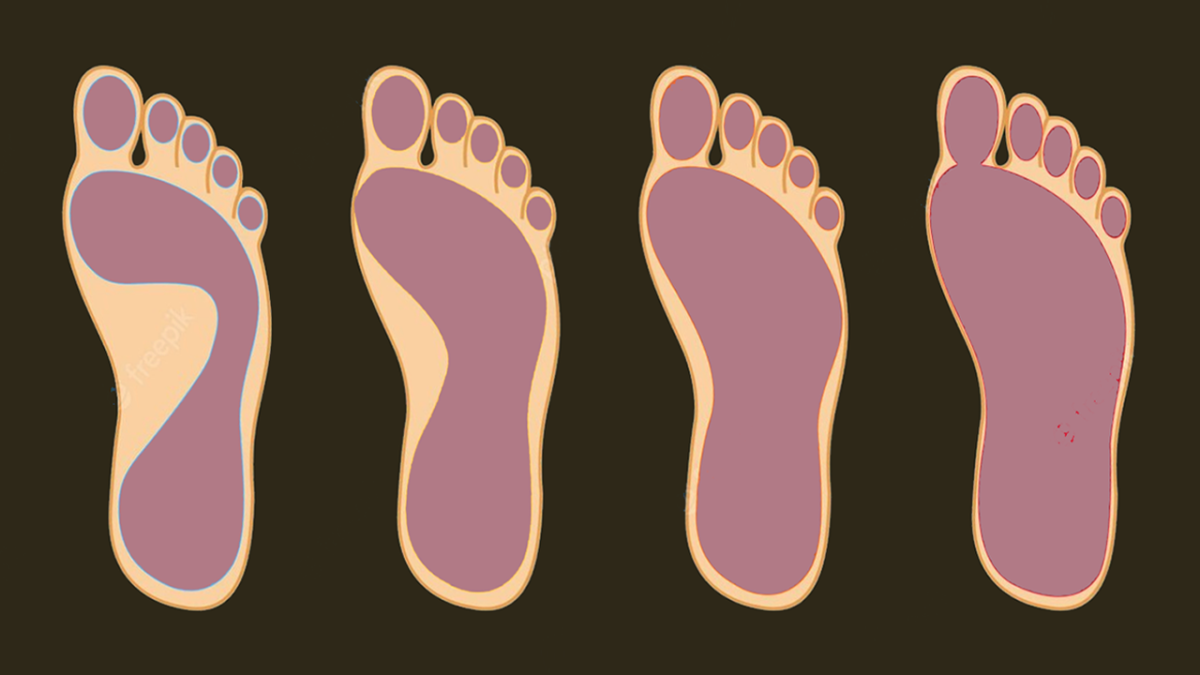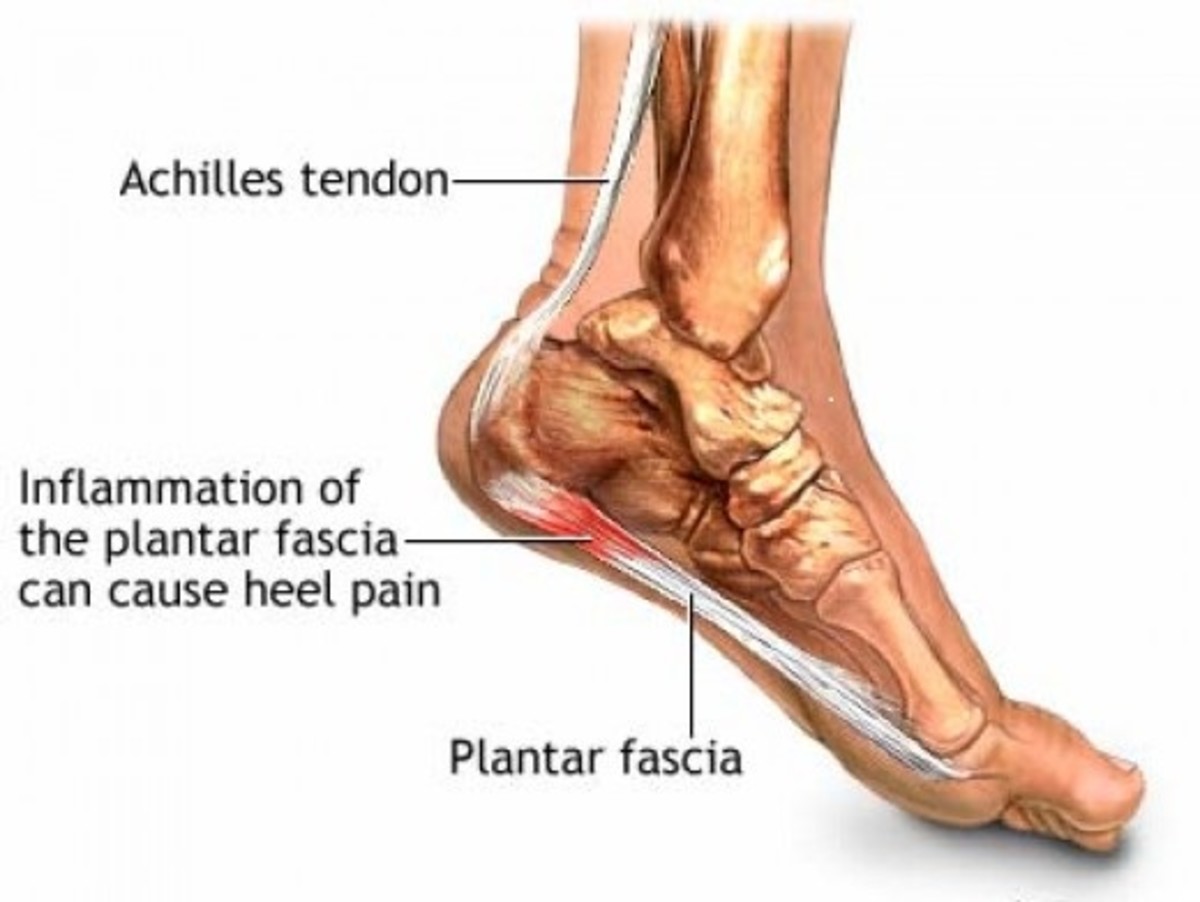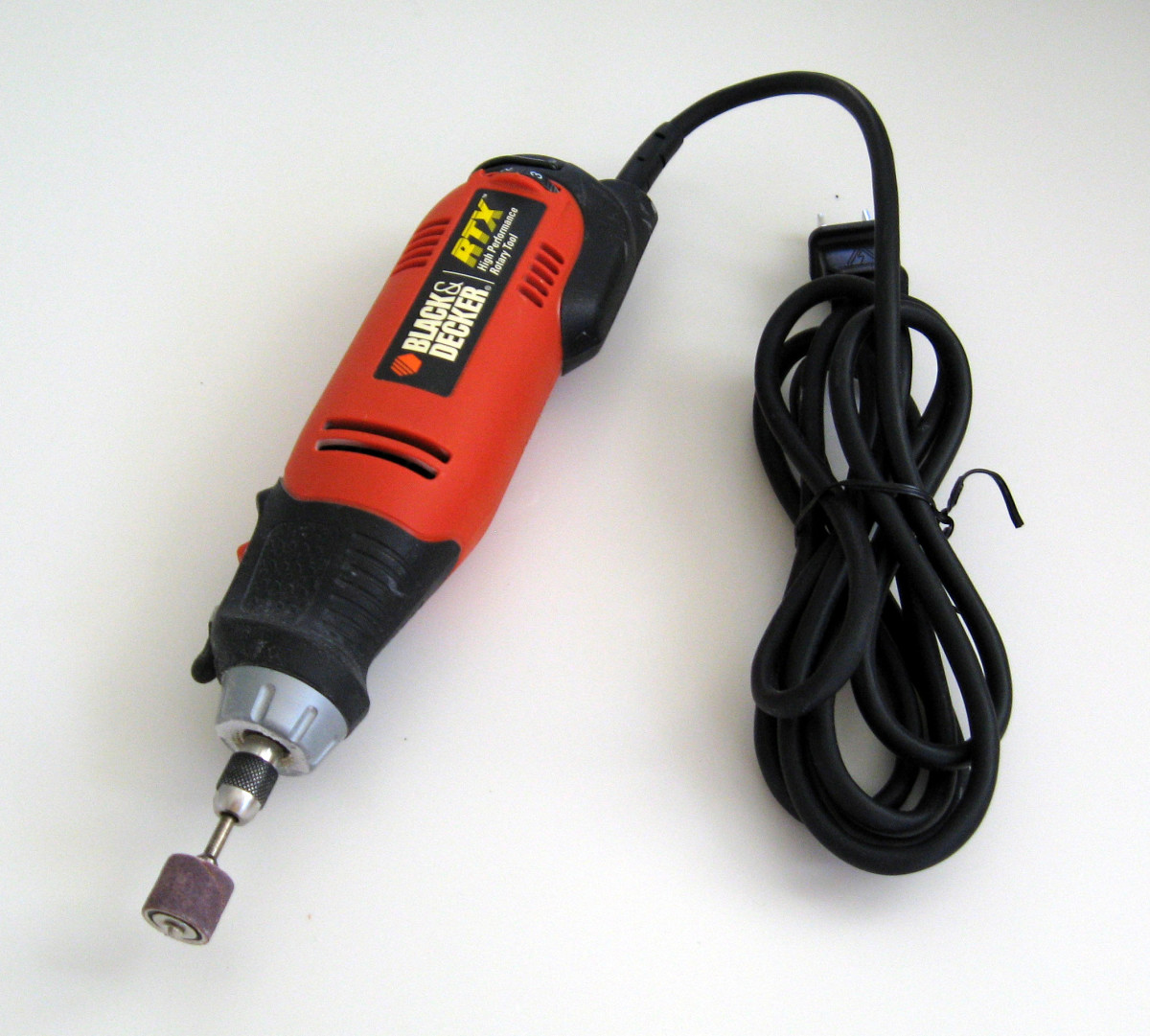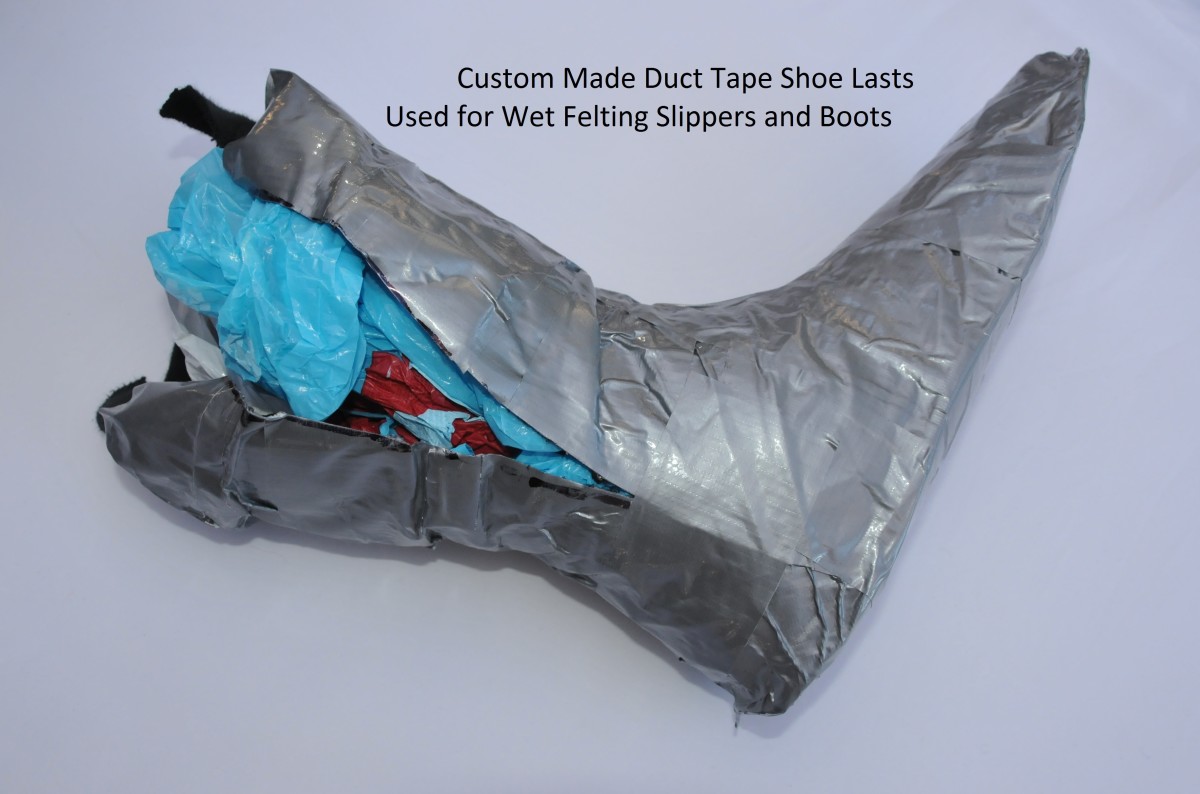Flat Shoes: Good or Bad?
I remember when I wanted to get flat shoes. I thought they looked nice, and they were in style so I thought, “hey why not.”
I can tell you, I’ve regretted it ever since.
Not only did they hurt my feet after a short while of standing, but they were putting my lower back in pain as well. I personally thought that flat shoes just weren’t made for feet seeing as they gave no support for our feet, considering the majority of us have arched- feet.
Now there are many things to take into consideration when it comes to our feet.
First, while the majority of us have arched feet like this:
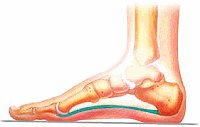
There are people with flat feet and even people with higher arcs.
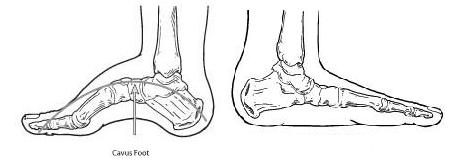
We can safely assume that while flat shoes might not have been right for me, they may be right for the flat footed person. But this still doesn’t shrug off the fact that maybe flat footed people still experience back pain and other foot joint related problems. In fact flat foot people may suffer from the following: arthritis, heel spurs, hammer toes and other foot deformations; inefficient foot functionality resulting in fatigue and strain; because the joints go through an excessive amount of motions, this creates strain on the tissues binding the bones together, creating an unstable foot causing pain in the heel and the balls (front) of your foot. As for posture, this is also heavily affect, because the foot, leg, pelvis and spine are all connected, flat feet can lead to problems in the ankles, knee, hip and lower back affecting overall posture. What causes flat feet you ask? Well its vague and there are many possible causes including: family history, muscle diseases, arthritis, injury and many others.
A high arc foot or “Cavus” foot is often caused by a neurologic disorder, but may also be caused by: charcot-marie-tooth disease, cerebral palsy, spina, bifda, polio, stroke or muscular dystrophy. Basically, it’s caused by diseases you’ve probably never heard and probably won’t hear for the rest of your normally arched life; this doesn’t mean it can’t raise questions and concerns when selecting shoes.
This being said, how bad are flat shoes for your health?
Well, let’s look at this from the perspective of someone with a normal arched foot.
While flat shoes may not be as bad for you as high heels, they can still cause long term problems; Because there is no support for the arch in your foot and no support for your heels, various issues arise. Short term problems can include strain on the achilles tendon that runs from the back of the heel and the calf muscles in the back of your leg, and pain in the heels. Long term problems include the possibility of a flattened arch in the foot which can cause problems of the ankles, lower back and hips, all of which affect overall posture as well.
Now, you’re probably, “what are some alternatives to flat shoes then?” I’m glad you asked this question.
Well, first you’ll need to identify what type of arch you have. If you have either high arch or flat arch, follow the links below to find causes, symptoms and special treatments.
High arch: http://www.foothealthfacts.org/footankleinfo/cavus-foot.htm
Flat arch: http://www.foothealthfacts.org/footankleinfo/pediatric-flatfoot.htm
As for a normal arched foot, you’ll essentially need to tell yourself that the shoe quality is more important than the over quality of your image ensemble. In other words, buy shoes for their comfort and not for their stylish look.
Here are a few tips when selecting a shoe:
- Standing barefoot on a piece of cardboard, outline your foot and cut out the piece of cardboard and insert it into the shoe. There should be minimum 1cm of buffer between your heel and the end of the cardboard. The cardboard outline of your foot should also fit comfortably inside the shoe.
- Always get your foot measured because the width of your foot may change from time to time.
- Buy adjustable shoes and avoid flat shoes where you just slip your foot in to the shoe.
- Make sure the shoe fits. If you can slip your foot out of the shoe while it’s on, then it’s either too big or not tight enough.
- If you have more than 1 pair of shoes, alternate your shoe wear day in and day out.
- Do a few calf stretches after wearing shoes for long periods of the day to loosen the muscles up.
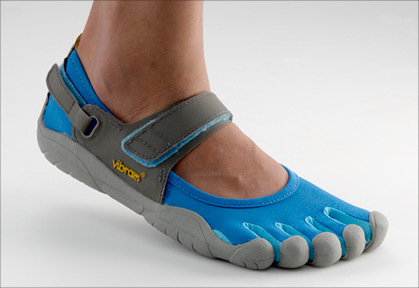
These shoes are basically the closest thing to being barefoot. They're completely waterproof, tear-proof and good for just about any outdoor activity.

